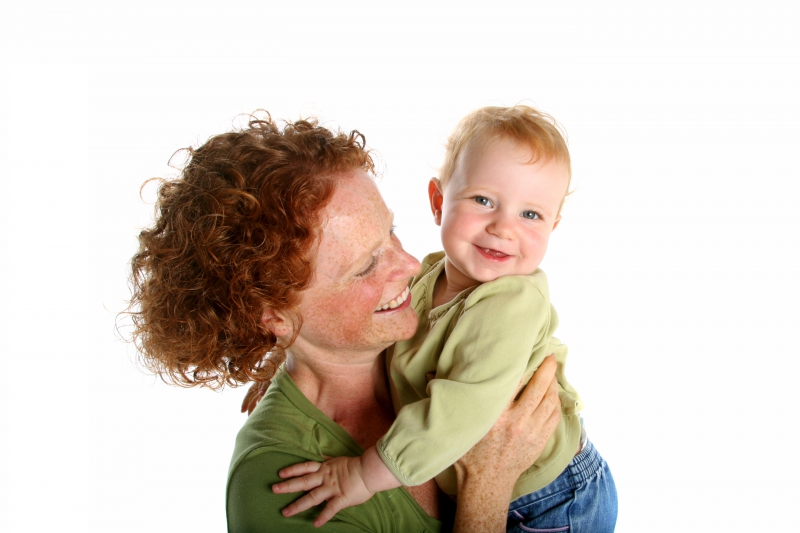親子インタラクション(Parent-child interaction)
子供とその両親の相互作用は、発達心理学、小児科、および小児精神医学における重要なな学習対象です。親子相互作用の質は、生後1年の子供の感情的および社会的発達の主要な予測因子の1つとなります。この研究ではビデオを使用することにより、研究プロジェクトの範囲が大幅に広がるため、多くの研究者がビデオに記録し、VisoとThe ObserverXTを使用しています。 研究室で静止観測として行動を観察し記録することもできますし、ポータブル・ラボを用いて現場で行動を記録することも可能となります。
マルチルーム・ラボは、マルチビデオレコーディングスイートであるVisoで設計できます。またはビデオ録画を行い、その後The Observer XTで録画を分析し、行動のパラメータを報告書、評価尺度、学校の結果などの他の情報と組み合わせます。
親子インタラクション研究の例
- Rebecca Pillai Riddell博士が運営する小児傷害(OUCH)研究室では、介護者と子供が痛みの中でどのように対話するかを理解することに焦点を当てています。
- フランスのデカルト大学の心理学研究所では、エマニュエル・デボーシェの研究の一般的な目的は、自分の社会環境における赤ちゃんの交流に関する知識を向上させることです。
- 実験的な設定ではなく、典型的な食生活を見るための最良の場所は家庭内であるため、スウェーデンのネスレ研究センターのEdelsonグループは、 家庭内での食事時間中の親子会話を研究しています。
- カナダのバンクーバーにあるブリティッシュ・コロンビア大学の幼児認知症センター(CIC)は、通常、描かれている道徳的ジレンマや社会的相互作用を観察しながら、目の視線の変化、手の動き、幼児の感情を調べました。

革新的なソリューション
Visoでは、一度に複数の部屋で独立した録画を行うことができ、各部屋には最大4台のPan-Tilt-Zoomカメラwp設置します。録画するときは、件名ごとに関心のあるボタンイベントをクリックするか、コメントを追加するだけでマークできます。
各セッションについて、任意のコードリストから選択し、目的の動作に注釈を付けます。注釈付きマーカーやコメント付きのビデオは、リアルタイムでもセッション後でも見ることができます。録音はすぐに利用できます。
行動研究ソフトウェアの標準であるVisoとThe Observer XTを組み合わせることで効率的に研究成果を得ることができます。 Visoで記録されたマーカー、コメント、ビデオ、およびオーディオは、解析、視覚化、およびプレゼンテーションのためにThe Observer XTに簡単かつ簡単にインポートできます。The Observer XTの追加のビヘイビア・コーディングと解析オプションは、定性的データを定量的な結果に簡単に変換します。
参考文献
- Bailey, J.A.; Hill, K.G.; Guttmannova, K.; Oesterle, S.; Hawkins, J.D.; Catalano, R.F.; McMahon, R.J. (2013). The association between parent early adult drug use disorder and later observed parenting practices and child behavior problems: testing alternate models. Developmental Psychology, 49(5), 887-899.
- Buil, A.; Carchon, I.; Apter, G.; Laborne, F.X.; Granier, M. & Devouche, E. (2016). Kangaroo supported diagonal flexion positioning: New insights into skin-to-skin contact for communication between mothers and very preterm infants. Archives de Pediatrie, Volume 23, 9, 913-920.
- Edelson, L.R.; Mokdad, C.; Martin, N. (2016). Prompts to eat novel and familiar fruits and vegetables in families with 1-3 year-old children: Relationships with food acceptance and intake. Appetite, 99, 138-148.
- Freeman, S.; Kasari, C. (2013). Parent-child interaction in autism: Characteristics of play, Autism, doi 10.1177/1362361312469269
- Jant, E.A.; Haden, A.; Uttal, D.H. & Babcock, E. (2014). Conversation and Object Manipulation Influence Children’s Learning in a Museum. Child Development, 85 (5), 2029-2045.
- Lee, J.; Kotsopoulos, D.; Tumber, A.; Makosz, S. (2014). Gesturing about number sense. Journal of Early Childhood Research, DOI: 10.1177/1476718X13510914.
- Lee, R.; Skinner, A.; Bornstein M.H.; Radford, A.N.; Campbell, A.; Graham, K.; Pearson, R.M. (2017). Through babies’ eyes: Practical and theoretical considerations of using wearable technology to measure parent-infant behaviour from the mothers’ and infants’ view points. Infant Behavior and Development, 47, 62-71.
- Lunkenheimer, E.S.; Kemp, C.J.; Albrecht, C. (2013). Contingencies in mother-child teaching interactions and behavioral regulation and dysregulation in early childhood. Social Development, 22 (2), 319-339.
- Talbott, M.R.; Nelson, C.A.; Tager-Flusberg, H. (2013). Maternal Gesture Use and Language Development in Infant Siblings of Children with Autism Spectrum Disorder. Journal of autism and developmental disorders, 1-11.
- Umemura, T.; Jacobvitz, D.; Messina, S.; Hazen, N. (2013). Do toddlers prefer the primary caregiver or the parent with whom they feel more secure? The role of toddler emotion. Infant behavior and development, 36, 102-114.





